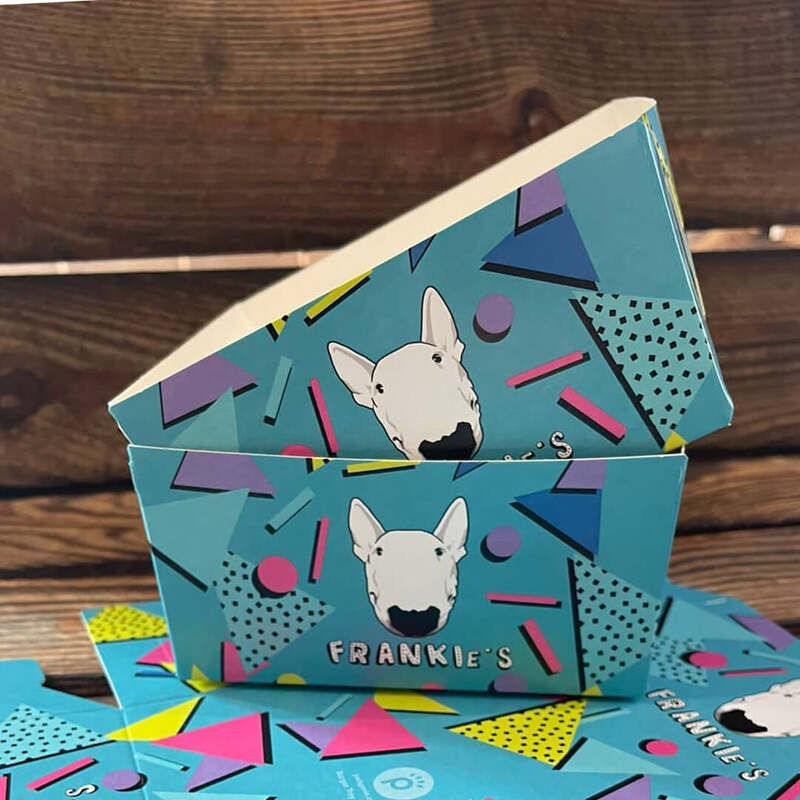The Art of Sandwich Wrapping Paper Design
In the culinary world, presentation is key, and this extends far beyond the plate. A sandwich might be a convenient bite, but its packaging can enhance its appeal, preserve its freshness, and convey a brand's identity. Sandwich wrapping paper design has evolved into a significant aspect of culinary branding and marketing, fusing functionality with creativity.
Importance of Sandwich Wrapping Paper
First and foremost, wrapping paper serves a practical purpose. It protects the sandwich from contamination, holds everything together, and preserves the deliciousness until the first bite. However, it is also a canvas for creativity. The design can evoke emotions, tell a story, or represent a brand culture. In an age where visual aesthetics are highly valued, the packaging can significantly influence a consumer’s choice, making exceptional wrapping paper an essential component of a successful food business.
Creative Elements in Design
When it comes to designing sandwich wrapping paper, several elements come into play
1. Color Psychology Colors can evoke emotions and influence decisions. Bright, bold colors may attract attention and stimulate hunger, while softer tones can convey freshness and health. Designers must carefully select color palettes that align with the brand's message and target audience.
2. Typography The choice of font can significantly impact how the brand is perceived. A rustic font may invoke a homemade, artisanal vibe, while a sleek, modern typeface could suggest efficiency and innovation. Clear typography is crucial as it should communicate the brand's identity clearly and stylishly.
3. Graphics and Imagery Illustrations, patterns, and images can set the tone of the wrapping paper. A whimsical design might appeal to families with children, while a minimalist design could attract health-conscious consumers. Furthermore, incorporating food-related images directly onto the wrapping can heighten hunger before the first bite.
sandwich wrapping paper design

4. Sustainability Modern consumers are increasingly environmentally conscious. Using recycled or biodegradable paper not only reduces waste but can also be a selling point for eco-friendly brands. Sustainable packaging designs focus on combining aesthetics with environmental responsibility, making them appealing for the modern consumer.
5. Brand Storytelling Every piece of wrapping paper can tell a story. Whether it’s through illustrated ingredients sourced locally or a narrative about family recipes, wrapping paper can be a medium to connect with consumers on a deeper level, turning a simple sandwich into a memorable experience.
Trends in Sandwich Wrapping Paper Design
As we look toward the future, several trends are shaping the design of sandwich wrapping paper.
- Interactive Designs Some brands are exploring interactive elements in their wrapping, such as QR codes that lead to recipe ideas or cooking tips when scanned. This not only enhances the customer experience but also fosters engagement with the brand.
- Customization Personalized packaging is gaining traction. Customers enjoy seeing their names or messages on their food packaging, as it creates a sense of ownership and specialness.
- Cultural Influences Globalization has facilitated a fusion of cultural elements into food packaging. Designs inspired by international art forms or traditional patterns can captivate diverse audiences, reflecting the inclusivity in the food industry.
Conclusion
In conclusion, the design of sandwich wrapping paper is a rich interplay of creativity, functionality, and branding. It has moved beyond mere practicality to become an essential part of the food experience. With the rise of consumer awareness and preferences, businesses are challenged to innovate continually while telling their unique stories through design. As the food industry evolves, so too will the art of wrapping paper, becoming a vital aspect not just in food service but in shaping consumer culture and preferences at large. Ultimately, a well-designed sandwich wrap does more than hold a meal – it embodies the essence of the brand, creating an unforgettable experience that begins long before the sandwich itself is unwrapped.



